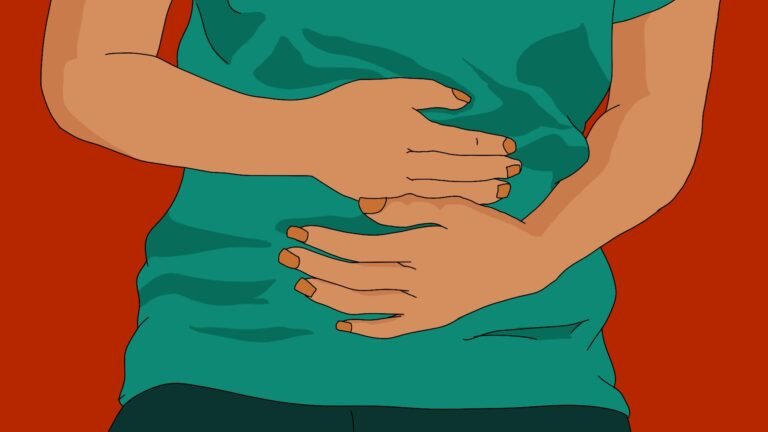
Gum Disease
What is gum disease?
Gingivitis, an inflammation of the gums, is typically caused by a bacterial infection. If not treated, it can progress to a more severe condition known as periodontitis. Both gingivitis and periodontitis are significant contributors to tooth loss in adults.
What are the types of gum infections?
Gingivitis is typically caused by an overgrowth of dental plaque, which is a thin, sticky film of bacteria that forms on teeth surfaces and along the gum line. Besides improper dental hygiene, several factors can contribute to its development, including:
- Medications:Specific medications like phenytoin, calcium channel blockers, and oral or injectable birth control have been associated with causing or exacerbating gingivitis. These drugs can lead to an overgrowth of gum tissue, making it harder to effectively remove plaque through regular oral hygiene practices.
- Vitamin C Deficiency: Severe lack of vitamin C can lead to gum inflammation.
- Hormonal Changes: Hormonal fluctuations during pregnancy and menopause can heighten the risk of gingivitis.
- Blood Disorders: Conditions like leukaemia or other blood cancers can contribute to gum disease.
- Heavy Metals: Exposure to heavy metals like nickel and mercury, often found in water bodies polluted by illegal mining (‘galamsey’), can cause gingivitis.
- Bismuth Exposure: Bismuth, found in some makeup products, can also lead to gum inflammation.
Additionally, some gingivitis-causing gum infections are unrelated to plaque overgrowth. These include:
- Viral or Fungal Infections: Infections such as thrush can cause gingivitis.
- Impacted Tooth: A tooth that doesn’t fully emerge can leave a flap of gum that traps debris, leading to gingivitis.
What causes gingivitis?
The gums attach to the teeth at a point lower than the visible gum edges, creating a small gap known as a sulcus.. Food and plaque can become trapped in this space, leading to gum infection or gingivitis. As plaque accumulates and hardens, it turns into tartar. When plaque extends below the gum line, it can cause a gum infection.
If left untreated, gingivitis can result in the separation of gums from the teeth, which can lead to:
- Damage to the supportive soft tissue and bone around the teeth
- Teeth becoming loose and unstable
- Potential loss of teeth as the infection progresses
What are the risk factors for gingivitis?
The following factors can increase the risk of developing gingivitis and periodontitis:
- Tobacco use, including smoking and chewing
- Diabetes
- Use of certain medications, such as oral contraceptives, steroids, anticonvulsants, and calcium channel blockers (e.g., amlodipine, nifedipine)
- Undergoing chemotherapy
- Misaligned teeth
- Poorly fitting dental appliances
- Damaged fillings
- Pregnancy
- Genetic predisposition
- Compromised immune system, such as with HIV
What are the symptoms of gingivitis and periodontitis?
Many people are unaware that they have gum disease, as gingivitis can be contracted without noticeable symptoms. However, signs of gum disease can include:
- Red, tender, or swollen gums
- Bleeding gums when brushing or flossing
- Gums that have receded from the teeth
- Loose teeth
- Malocclusion which is changes in how your teeth fit together when biting
- Pus between teeth and gums
- Pain while chewing
- Sensitive teeth
- Partial dentures that no longer fit properly
- Persistent bad breath despite brushing teeth
How can gum disease be prevented?
Maintaining proper and consistent oral hygiene is crucial for preventing gum disease. This includes:
- Regular visits to the dentist
- Brushing your teeth twice daily with fluoride toothpaste
- Flossing your teeth daily
- Using chewing sticks and sponges regularly
A balanced diet plays a crucial role in maintaining dental health. Additionally, it is crucial to avoid non-licensed dental practitioners for dental procedures.
How is gingivitis diagnosed?
During a dental exam, your dentist will use a small ruler to probe your gums. This procedure checks for inflammation and measures the depth of pockets around your teeth, with a typical depth of 1 to 3 millimetres. Your dentist may also order X-rays to assess any bone loss.
How is gingivitis treated?
To treat gingivitis, it is essential to practice good oral hygiene. Additionally, if you smoke, cutting back or quitting is important, and managing diabetes effectively is crucial if you have this condition.
Other treatments include:
- Deep cleaning your teeth (scaling, root planning, lasers)
- Antibiotic medications (including oral medications and antiseptic mouthwash)
- Surgery






